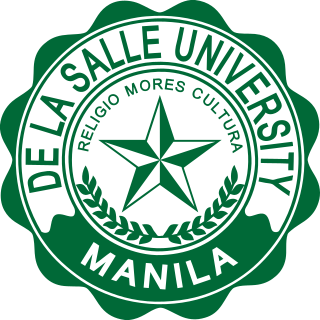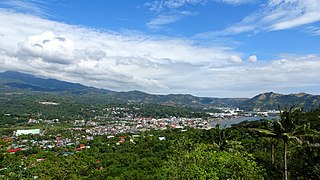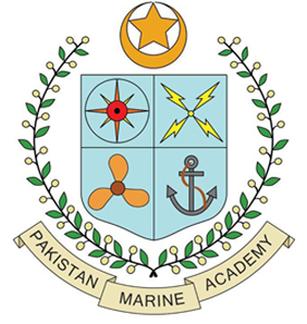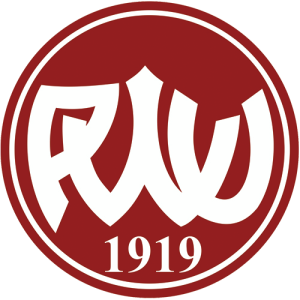
Bataan, officially the Province of Bataan, is a province in the Central Luzon region of the Philippines. Its capital is the city of Balanga while Mariveles is the largest town in the province. Occupying the entire Bataan Peninsula on Luzon, Bataan is bordered by the provinces of Zambales and Pampanga to the north. The peninsula faces the South China Sea to the west and Subic Bay to the north-west, and encloses Manila Bay to the east.

De La Salle University, also referred to as DLSU, De La Salle or La Salle, is a private, Catholic coeducational research university run by the Institute of the Brothers of the Christian Schools in Taft Avenue, Malate, Manila, Philippines. It was established by the Christian Brothers in 1911 as De La Salle College (DLSC) in Nozaleda Street, Paco, Manila with Blimond Pierre Eilenbecker, FSC serving as director, and is the first De La Salle school in the Philippines. The college was granted university status on February 19, 1975, and is the oldest constituent of De La Salle Philippines (DLSP), a network of 16 educational institutions, established in 2006 replacing the De La Salle University System.

The United States Merchant Marine is an organization composed of United States civilian mariners and U.S. civilian and federally owned merchant vessels. Both the civilian mariners and the merchant vessels are managed by a combination of the government and private sectors, and engage in commerce or transportation of goods and services in and out of the navigable waters of the United States. The Merchant Marine primarily transports domestic and international cargo and passengers during peacetime, and operate and maintain deep-sea merchant ships, tugboats, towboats, ferries, dredges, excursion vessels, charter boats and other waterborne craft on the oceans, the Great Lakes, rivers, canals, harbors, and other waterways. In times of war, the Merchant Marine can be an auxiliary to the United States Navy, and can be called upon to deliver military personnel and materiel for the military.
A cadet is a student or trainee, and is typically used in military settings to denote an individual undergoing training to become commissioned officers. Several civilian organisations, including civil aviation groups, maritime organisations, and police services, also designate their trainees as cadets.

Mariveles, officially the Municipality of Mariveles, is a 1st class municipality in the province of Bataan, Philippines. According to the 2020 census, it has a population of 149,879 people.

The Philippine Navy (PN) is the naval warfare service branch of the Armed Forces of the Philippines. It has an estimated strength of 24,500 active service personnel, including the 10,300-strong Philippine Marine Corps. It operates 90 combat vessels, 14 auxiliary vessels, 25 manned aircraft and 8 unmanned aerial vehicles. Tracing its roots from the Philippine Revolutionary Navy on May 20, 1898, while its modern foundations were created during the creation of the Offshore Patrol in February 9, 1939, the PN is currently responsible for naval warfare operations and maritime patrol missions within the Philippine Waters, as well as ensuring the protection of the Philippine's maritime interests, including the West Philippine Sea and Benham Rise.

Lyceum of the Philippines University also referred to by its acronym LPU is a private, non-sectarian, coeducational higher education institution located at intramuros in the City of Manila, Philippines. It was founded in 1952 by José P. Laurel, who was the third president of the Republic of the Philippines.

Pakistan Marine Academy (PMA) is located at Karachi, Sindh, Pakistan. It is a Seafarers Training Academy, working under Federal Ministry of Maritime Affairs, Government of Pakistan as an autonomous department. It is affiliated with NED University of Engineering and Technology and is also recognised by Higher Education Commission, Pakistan. Pakistan Marine academy covers an area of around 136 acres on the water front in Karachi Harbor, Hawksbay Road.

The PHINMA – University of Iloilo is a private, nonsectarian, coeducational institution in Iloilo City, Philippines. It was established in 1947 by the López family of Iloilo who founded the broadcasting giant ABS-CBN Corporation as Iloilo City Colleges. The university was later acquired by the business conglomerate group PHINMA Industries, and its current operations and management is controlled by the said company under its arm, PHINMA Education Network.

The Philippine Merchant Marine Academy also referred to by its acronym PMMA) is a maritime higher education institution operated by the Philippine government in San Narciso, Zambales. Students are called midshipmen but are often also referred to as cadets. Upon graduation, students are commissioned as ensigns in the Philippine Navy Reserve and have the option to join the merchant marine, the Philippine Navy, or the Philippine Coast Guard.

The Philippine Women's University (PWU) is a coeducational tertiary education school which has its main campus in Manila, Philippines. An institution exclusive for girls from its inception until the 1970s, the PWU now admits both women and men as its students.
The United States merchant marine forces matured during the maritime history of the United States (1900–1999).

The Seamen's Church Institute is an American organization that serves mariners through education, pastoral care, and legal advocacy. Founded in lower Manhattan in 1834, it is affiliated with the Episcopal Church. With a budget of over $7 million, SCI is the largest, most comprehensive mariners’ agency in North America. The institute is headquartered in New York City and operates a seafarers’ center in Port Newark, and maritime education facilities in Paducah, Kentucky, and Houston, Texas.

The John B. Lacson Foundation Maritime University (JBLFMU) is a private maritime institution based in Molo, Iloilo City, Philippines. It is the first maritime school in the Visayas and Mindanao, first private maritime education and training institution in the Philippines, and the first maritime institution in the country to obtain the accreditation of DNV.

PMI Colleges, formerly known as Philippine Maritime Institute, is a private, non-sectarian, co-educational higher education, Maritime institution established on September 18, 1948 in Santa Cruz, Manila, Philippines where its main campus is located.

The Asian Institute of Maritime Studies (AIMS) is a merchant marine college in Pasay, Philippines that provides highly technical learning in terms of maritime education. It is one of the top performing maritime schools in the Philippines. It was founded in 1993 by Captain Wilijado P. Abuid along with his friends.

Filipino seamen, also referred to as Filipino seafarers or Filipino sailors, are seamen, sailors, or seafarers from the Philippines. Although, in general, the term "Filipino seamen" may include personnel from the Philippine Navy or the Philippine Marine Corps, it specifically refers to overseas Filipinos who are "sea-based migrant Filipino workers".
The International Federation of Shipmasters' Associations (IFSMA), is the international professional organisation that unites and represents the world's serving Shipmasters.
Rogelio Concepcion Morales was a Filipino master mariner, educator, Navy captain, and activist best known for his role in the transformation of the Nautical School of the Philippines/Philippine Nautical School into the modern-day Philippine Merchant Marine Academy, and for his activism to promote the rights of Filipino seafarers, which led him to become the president of various advocacy societies and unions through the 1950s and 1960s, and to become founder of the Concerned Seamen of the Philippines (CSP) in 1983.
In the Philippines, Cadet is a rank held by candidate officer during the training to become commissioned officers in their preferred branch of military service.





















